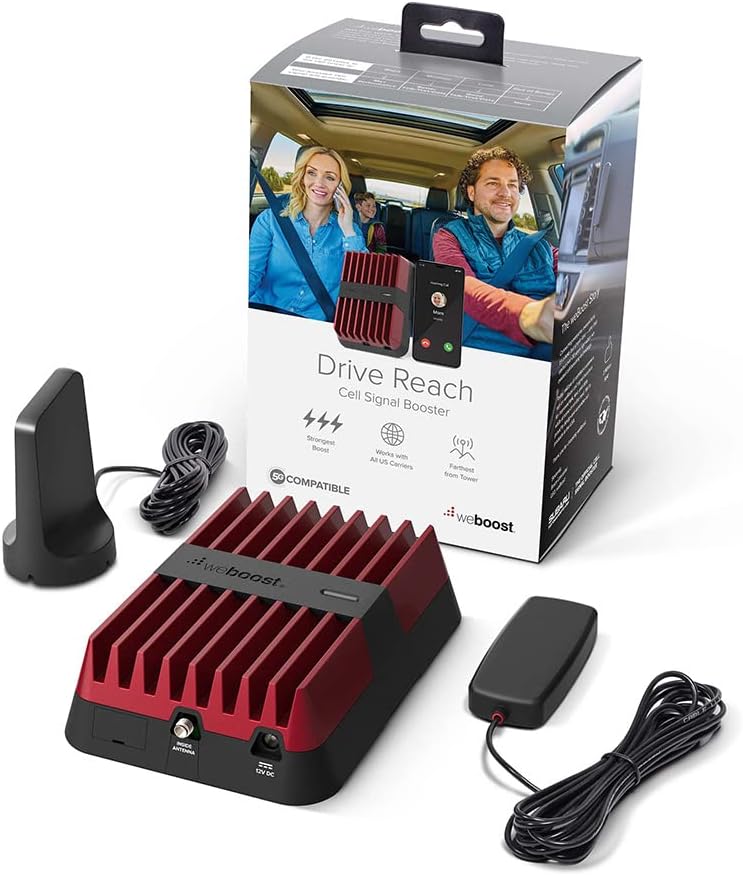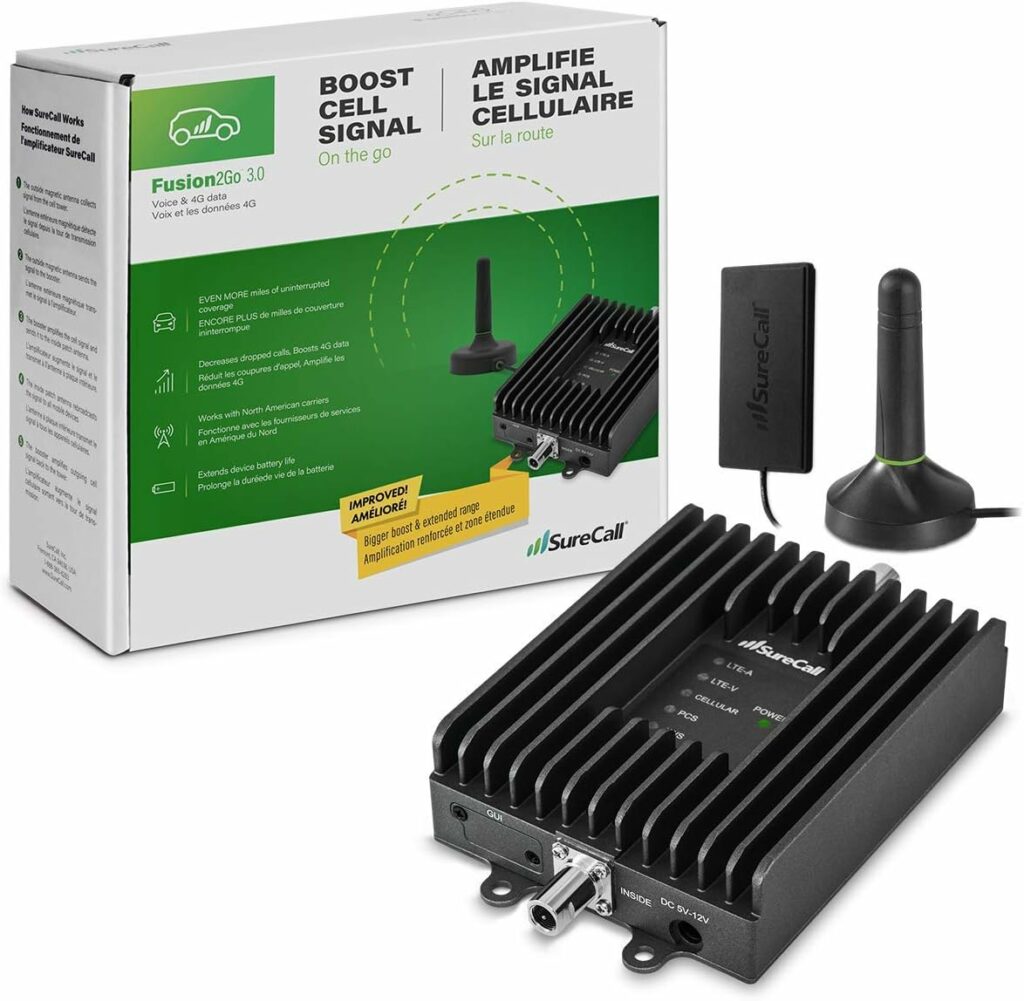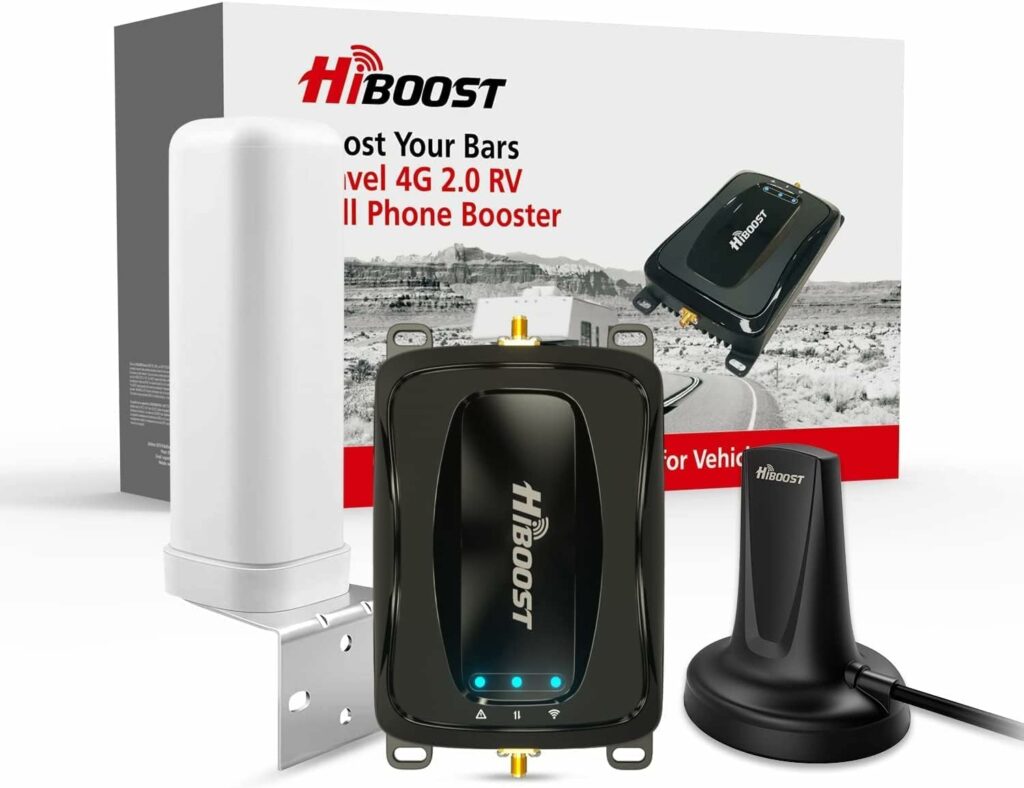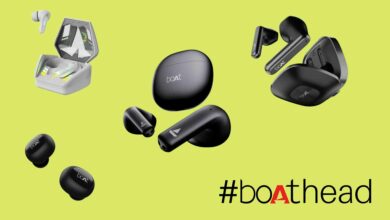
Staying connected on the road is essential in today’s fast-paced society, but truckers face particular difficulty maintaining reliable cellular signals during long haul journeys. Cell phone boosters offer truckers a solution by improving communication, navigation, and connectivity. This comprehensive guide explores their benefits as well as their working mechanisms and features you should keep an eye on before selecting from available options on the market.
Why Truckers Need Connectivity?
Truck drivers require reliable cell connectivity as a necessity. Using smartphones for various functions including GPS navigation and communication with dispatchers as well as accessing real-time traffic data and staying in contact with friends and family can all rely on cell coverage, but long stretches of highway can cause weak or unstable cell signals that lead to dropped calls, slower data speeds and frustration among their ranks.
How Do Cell Phone Boosters Work?
Devices designed to increase cell reception in areas with poor reception are called signal boosters or amplifiers, and work by amplifying existing signals, strengthening them, and making them more reliable. A typical truck cell phone booster typically comprises three main parts – external antenna, amplifier, and internal antenna.
External Antenna – External antennas mounted outside a vehicle’s exterior are designed to pick up weak cell signals. There are both directional and omnidirectional versions, the latter of which allows reception from any direction.
Amplifier – Signals captured are fed into an amplifier which boosts their strength, with cell phone boosters depending heavily on this component as its performance determines their success. Signal amplification levels vary across booster models.
Internal Antenna – Signal amplification and transmission are amplified within the vehicle via its internal antenna to maximize coverage to mobile devices within reach. Depending on which model booster you opt for, either dome or panel antenna options might be used as antennae for best results.
Key Factors to Consider
Before purchasing a truck cell phone booster, several features must be taken into consideration to ensure it suits your specific needs and performs optimally. Here are a few key considerations you should keep in mind when shopping around:
- Frequency Compatibility: It should match up with your carrier’s frequency. For instance, most boosters support both 3G and 4G frequencies simultaneously and some even go beyond this to support 5G networks.
- Signal Strength (in decibels): Boosters measure their power in decibels. Higher numbers mean better signal-boosting capabilities, however, an ideal balance must be struck so as not to overpower your signal.
- External Antenna Type: Select an external antenna type that best meets your driving requirements. Omnidirectional antennas work great for driving along various routes while directional ones work best in areas with known signal sources.
- Power Source: When considering which booster to purchase, take note of its source of power. This consideration becomes particularly crucial if your truck only provides limited outlets. Some models rely on connecting directly to their electrical system while others need an external power supply source.
- Installation Ease: When purchasing a booster yourself, be sure to select one with straightforward installation instructions and user manuals and kits designed specifically to assist. Many models feature easy set-up instructions.
- Coverage Area: Different boosters have differing areas of coverage. To maintain consistent signal coverage in your car interior, select one whose size matches up perfectly with that of its booster’s coverage area.
Also Read: Best Cell Phone Booster for Rural Areas
Best Truck Cell Phone Boosters
1. WeBoost Drive Reach

2. SureCall Fusion2Go 3.0

3. HiBoost Travel 4G

Final Thoughts
Cell phone boosters have quickly become an indispensable asset in the trucking industry, as connectivity is critical for safety and efficiency. Maintaining an excellent cellular signal while traveling provides smooth communication, navigation, and access to important information as well as peace of mind for truckers.
As technology progresses, more options for cell phone boosters will emerge that meet individual truckers’ specific requirements – making each road trip more productive while staying connected – making a worthwhile investment that makes road travel safer than ever! If you manage a fleet or long haul drivers investing in one will make travel smoother while remaining connected throughout their road journeys!




